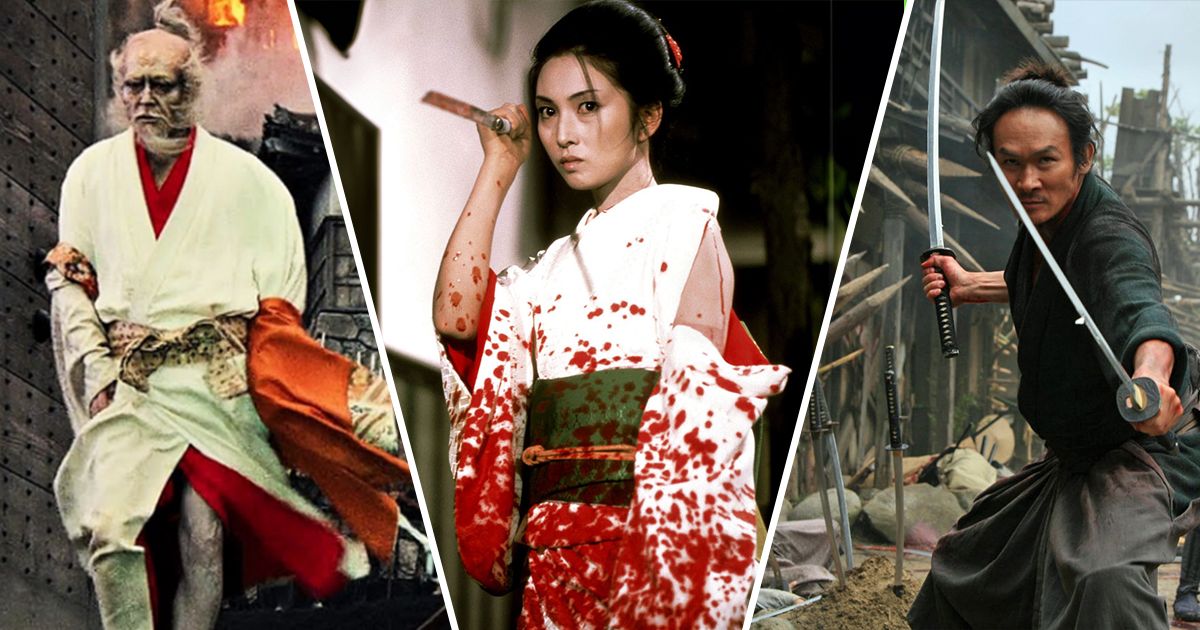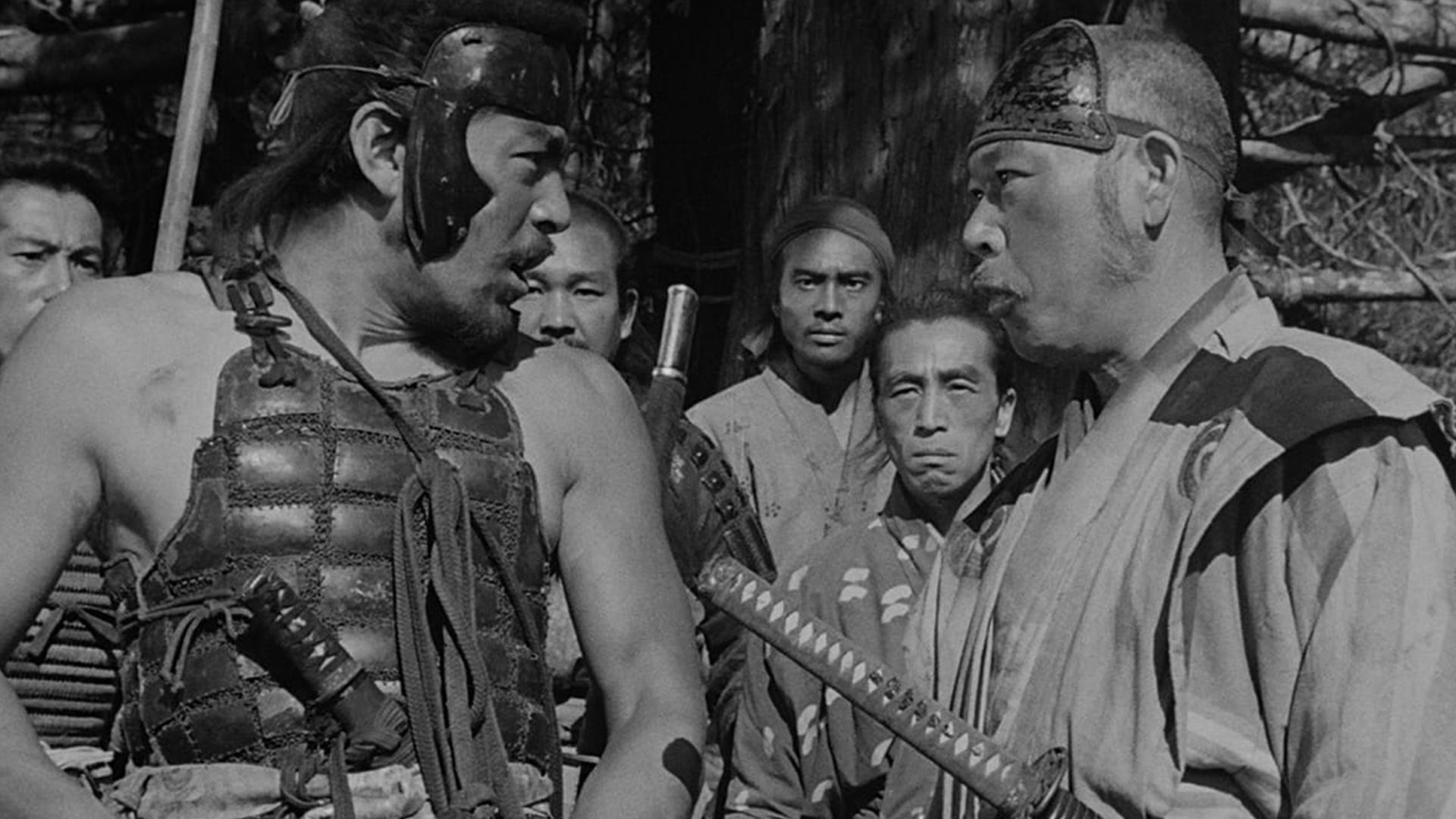Motion pictures with lengthy runtimes (sometimes longer than two and a half hours) usually get a foul rap for being overlong and poorly paced. In reality, within the earlier days of cinema, longer movies would have prolonged intermissions at their midpoints to present the viewers an opportunity to stretch their legs, use the restroom, or seize a snack. Whereas many such movies from this period are broadly considered classics, like Lawrence of Arabia (1962) and Dr. Zhivago (1965), many fashionable audiences would possibly nonetheless wonder if they wanted to be so lengthy.
Nonetheless, there’s one basic movie with a three-and-a-half-hour runtime that even fashionable audiences can agree would not waste a minute: Seven Samurai (1954), arguably the magnum opus of one of many biggest filmmakers of all time, Akira Kurosawa. The massively influential epic spends greater than half its runtime introducing its seven protagonists and would not even function any actual motion till almost two hours in — and even then, the motion incessantly pauses. And but, the movie’s immense size and slower pacing are completely fitted to telling its story.
Assembly the Seven Samurai
Seven Samurai
- Launch Date
-
April 26, 1954
- Runtime
-
207 Minutes
One of many main causes for Seven Samurai‘s extraordinary size is its abnormally lengthy first act. The primary 20 minutes concentrate on the villagers discussing their predicament and intensely debating amongst themselves about the way to defend themselves from the bandits. Then, the following 40 minutes are dedicated to a small celebration of villagers touring to a close-by city to recruit samurai to function their protectors.
They first meet a weary however noble older rōnin (a samurai with no grasp) named Kambei (Takashi Shimura). After agreeing to assist the villagers, regardless of their lack of cash, Kambei efficiently assembles six extra samurai to battle below his command. Even after the samurai arrive within the village, the movie spends a further 45 minutes exhibiting the samurai turning into acquainted with the remainder of the villagers and coaching them for battle in opposition to the bandits. In reality, the precise battle would not start till greater than midway by the movie, after the intermission.
In taking this lengthy to construct as much as the battle, Kurosawa definitely ignored the proverbial maxim of slicing to the chase. Nonetheless, the prolonged first act is neither pointless nor boring. As an illustration, although the villagers are relegated principally to the background as soon as the eponymous septet enters the image, the opening scene exists to point out us that the samurai solely got here to the village within the first place as a result of the villagers took initiative and sought them out of their very own volition. Moreover, by depicting the samurai mingling with and coaching them, the movie allows the villagers to grow to be lively members in their very own safety, relatively than passive and helpless victims.

Associated
Finest Samurai Motion pictures of All Time, Ranked
From The Hidden Fortress to Harakiri, these are the most effective samurai movies ever made, ranked.
It is usually price the additional time for the movie to introduce and flesh out every particular person samurai for a number of causes. First, it makes for efficient exposition that clearly establishes every samurai’s persona and talent set, akin to Kyūzō’s (Seiji Miyaguchi) mastery of a sword, Katsushirō’s (Isao Kimura) youthful ambition, and Kikuchiyo’s (Toshirō Mifune) risky temperament, making it simpler to inform them aside throughout the extra chaotic battle scenes. Secondly, it is not a serious spoiler to say that not all seven samurai make it to the tip of the movie. Attending to know every warrior personally beforehand makes these deaths particularly heartbreaking, as a result of we see them not solely as hardened warriors, as is frequent in lots of American motion movies, however as absolutely developed human beings.
The Good Battle Scenes of ‘Seven Samurai’
One more reason why Seven Samurai is so lengthy — and so wonderful — is as a result of the battle between the bandits and the samurai-led villagers shouldn’t be confined to 1 single scene. As an alternative, a number of battles happen inside and across the village with prolonged breaks between each, permitting the samurai and villagers to plan out their subsequent transfer. This multi-stage strategy to structuring the battle makes your entire second half of the movie really feel nearly like a symphony, divided into distinct actions that alternate between quick and gradual, loud and quiet.
It’s a testomony to Kurosawa’s abilities as a director that he may make a small village defending itself from a couple of dozen bandits really feel as epic in scale as these in movies like Braveheart (1995), The Lord of the Rings (2001-03), and even a lot of Kurosawa’s later movies like Kagemusha (1980) and Ran (1985). In distinction to most fashionable filmmakers’ reliance on copious and fast-paced modifying for filming battle scenes, Kurosawa as an alternative employs elaborately staged lengthy takes, during which the actions of the actors (and horses) dictate the scene’s circulate. Furthermore, the movie’s cinematography emphasizes the village’s geography and the way it impacts the characters’ methods earlier than and throughout the battles, nearly making the village and its surrounding panorama a personality in and of itself — an “eighth samurai,” because it have been.
.jpg)
Associated
Akira Kurosawa: The Finest Movies From His Center Interval
An in depth look by Japanese filmmaker Akira Kurosawa’s most acclaimed and progressive films, from the Fifties by the ’70s.
Nonetheless, crucial impact of the size and repetitive, start-and-stop rhythm of the battle scenes is that it progressively wears the characters (and the viewers) out, and that’s exactly the purpose. The ultimate battle in Seven Samurai shouldn’t be a “Hollywood battle” like in Braveheart or The Lord of the Rings, the place the nice guys save their greatest preventing for final. Quite, it’s a battle of attrition, during which the preventing progressively devolves right into a scrappy, complicated, and customarily disagreeable brawl, accentuated by the torrential downpour during which it takes place. It ends not on a rousing word the place the nice guys proudly overcome the dangerous guys, however on a extra melancholy (and sensible) word during which the surviving warriors are too exhausted and jaded to get pleasure from their victory.
Even because the viewers is made to admire the samurai for his or her abilities, bravery, and unselfishness, Kurosawa doesn’t glorify the violence itself. As an alternative, he forces us to endure it till we grow to be sick of it by the tip, and that, greater than anything, justifies the movie’s runtime. Seven Samurai is accessible for streaming on Max.
